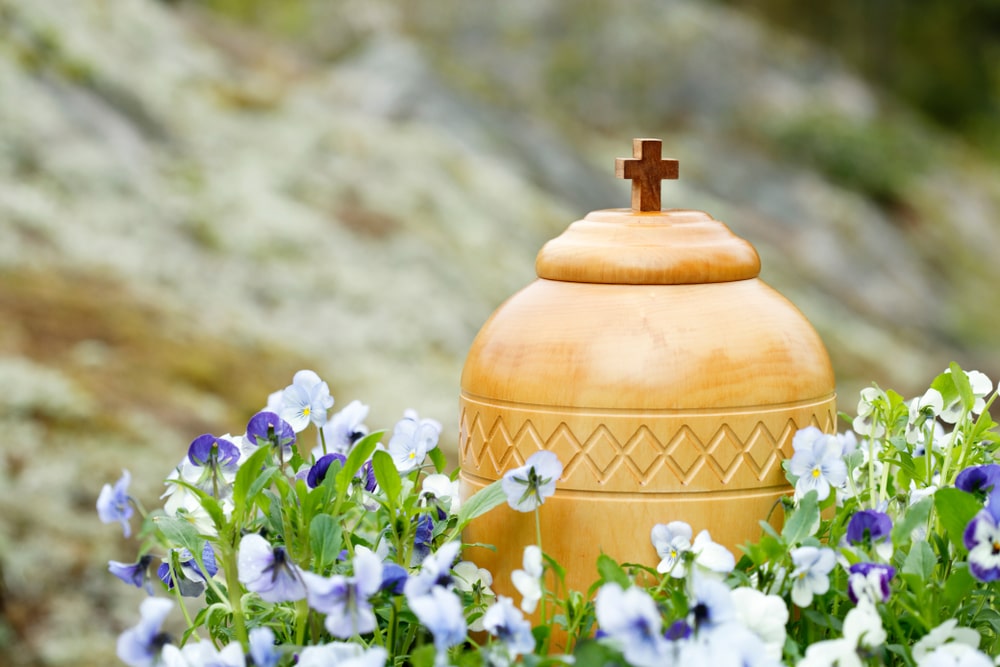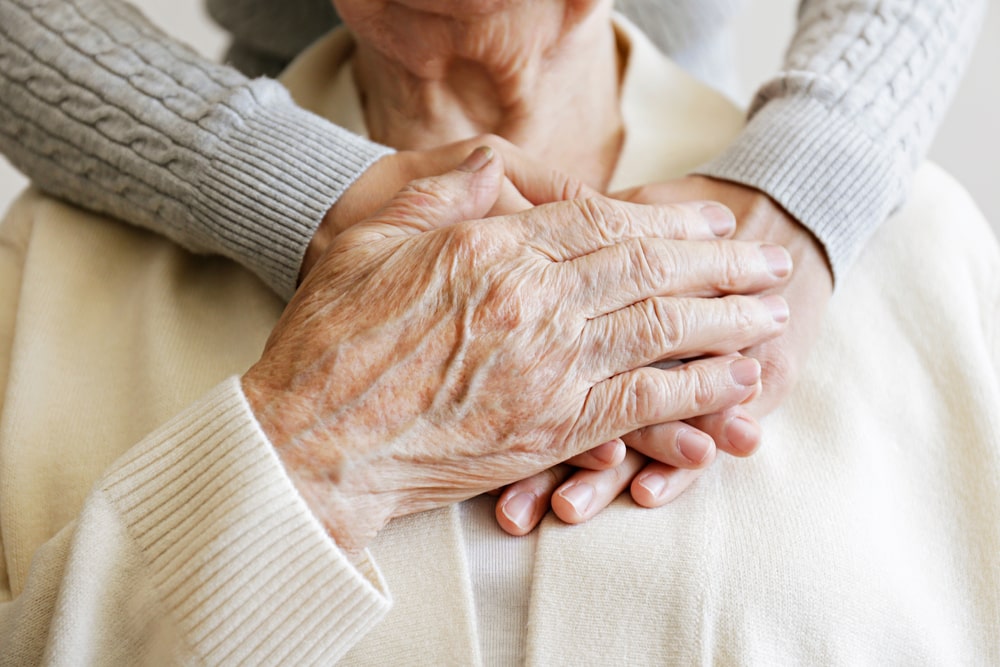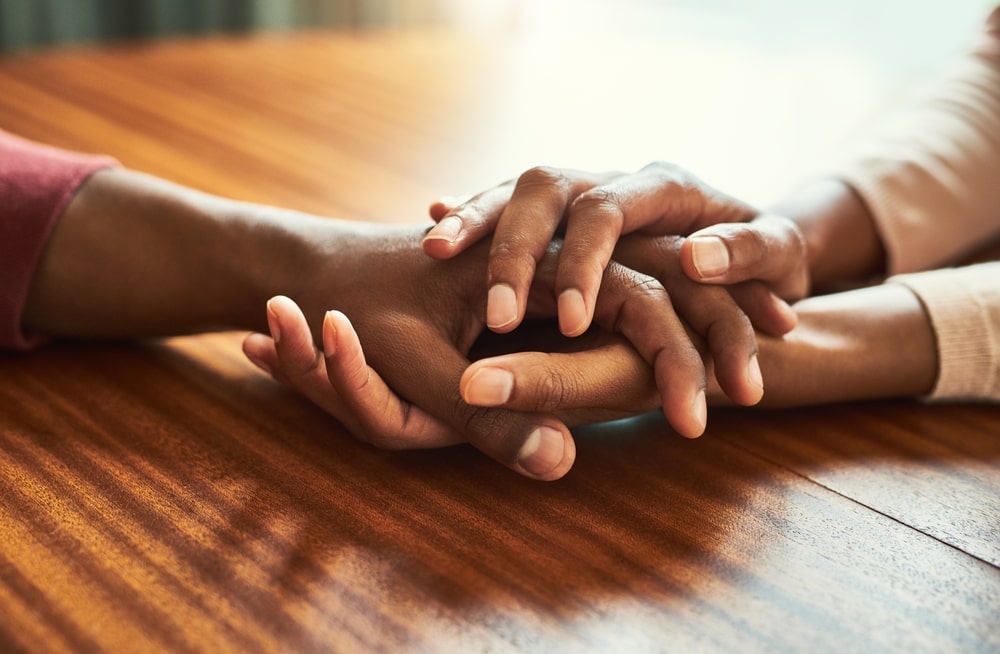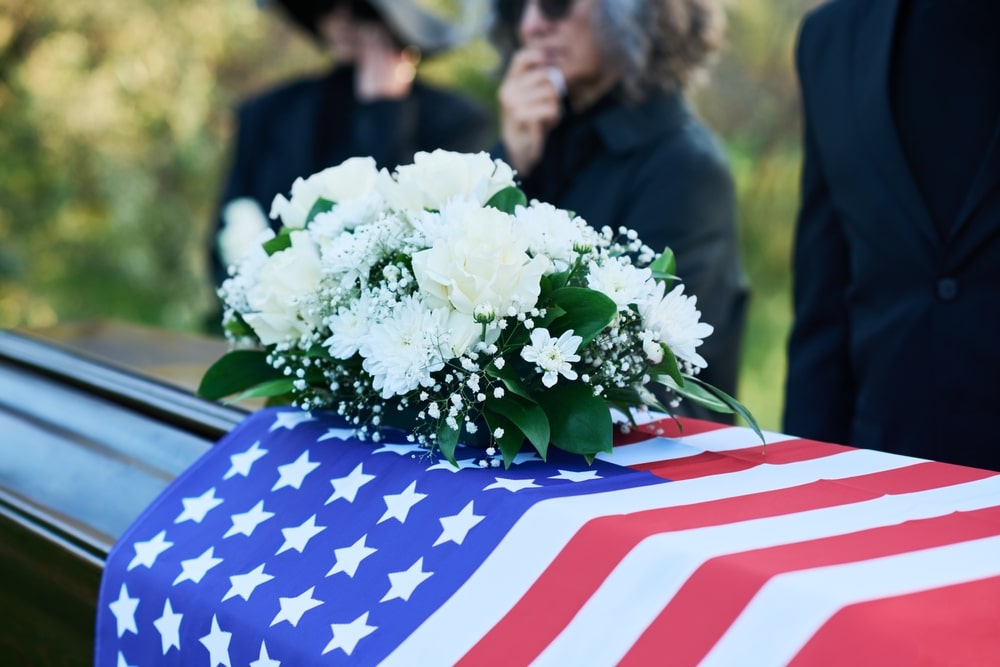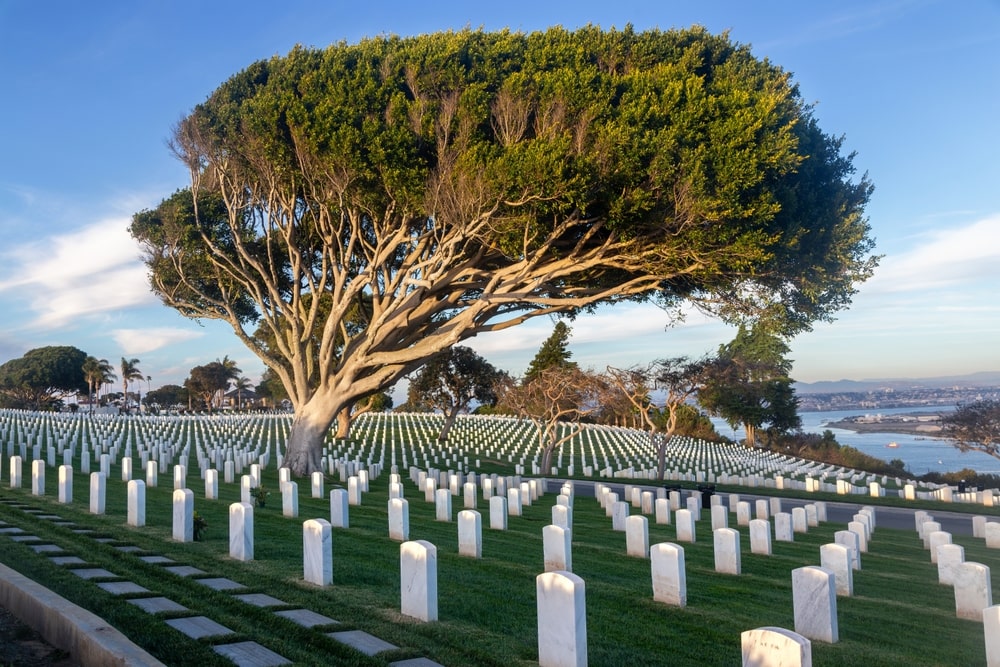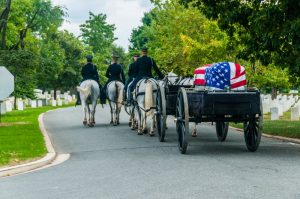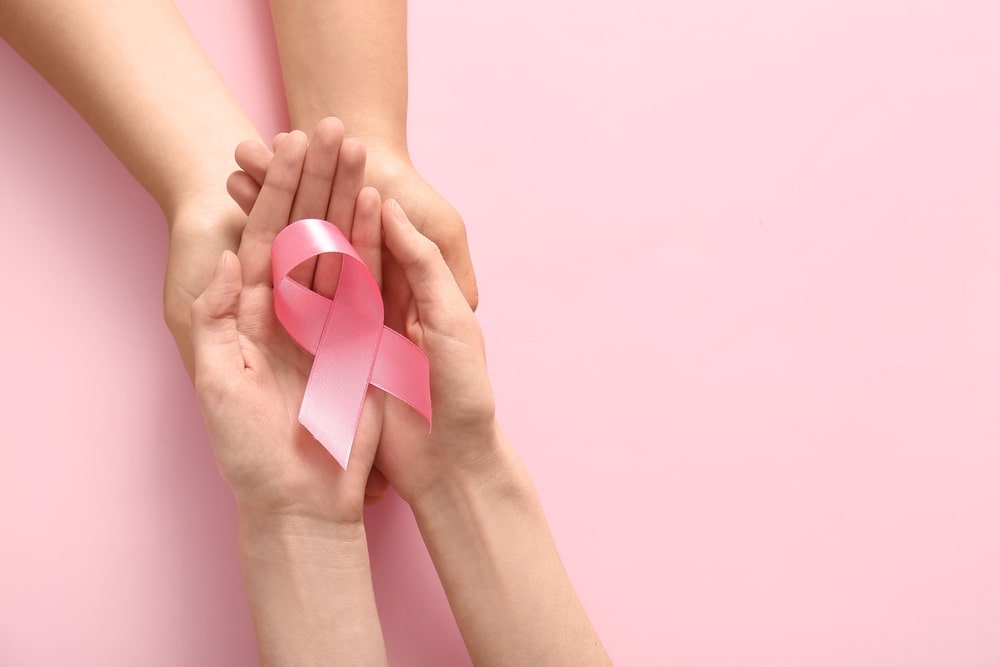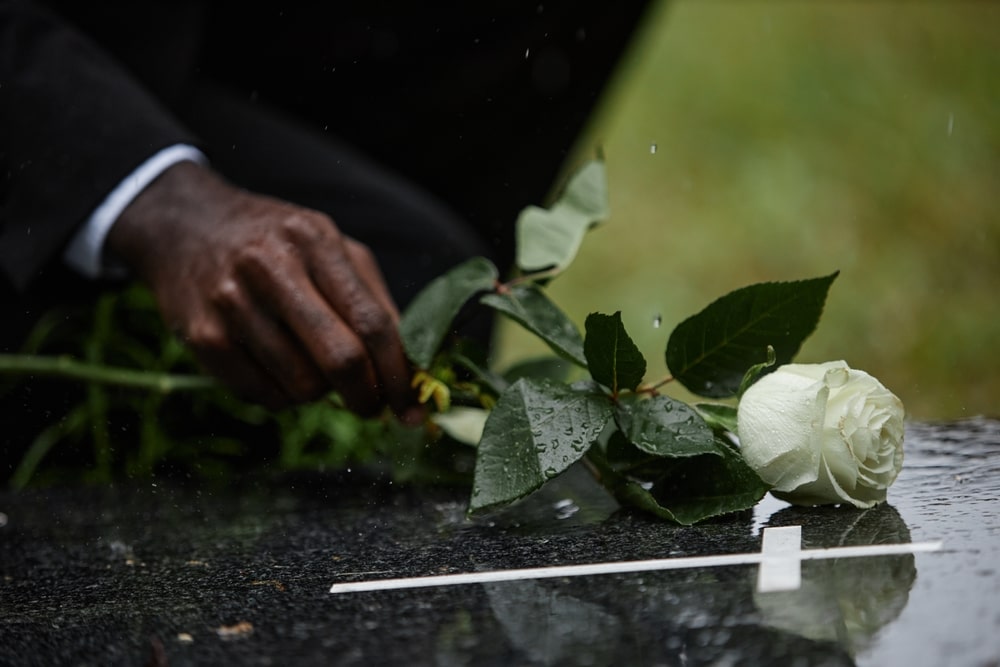
Before we start, if you have recently lost a loved one, you have our sincerest sympathies. It is our hope that this quick guide to planning a funeral will help you navigate through the complex process of planning a funeral for a loved one. You will find accurate, up-to-date, and helpful links and information on a variety of topics. Let’s get started!
The “Why” of Funerals
To start off, it’s important to note that in today’s world many people miss out on the purpose and value of a funeral. But saying goodbye in a meaningful way is just as important today as it was thousands of years ago. Dr. Alan Wolfelt, a nationally respected grief expert who has counseled thousands of families, teaches that the funeral is an important rite of passage and “puts you on the path to good grief and healthy mourning.” To learn more about why funerals are important, take a look at the articles below.
Should a Funeral Be Efficient or Effective?
Final Disposition Options
Nowadays, your options for final disposition (or a final resting place) continue to expand. Please take a moment to read the articles below to help you decide which option is most appropriate for your needs.
Burial FAQs: What Are Your Burial Options?
Answering Your Green Burial Questions
5 Questions to Ask When Selecting a Casket
What Should I Know When Considering Cremation?
Urn Burial: Understanding the Basics
The Elements of a Meaningful Funeral Service
“People who take the time and make the effort to create meaningful funeral arrangements when someone loved dies often end up making new arrangements in their own lives. They remember and reconnect with what is most meaningful to them in life…strengthen bonds with family members and friends. They emerge changed, more authentic and purposeful. The best funerals remind us how we should live.” – Dr. Alan Wolfelt
In order for a funeral service to be a healing and meaningful experience, there are several tried and true elements that you should consider incorporating.
Element #1: Music
Let’s discuss music. It sets the mood for a funeral and brings emotions to the forefront. In fact, one of the purposes of a funeral is to allow mourners to grieve together, and in many ways, music says what words cannot. Don’t be afraid to invite people to express grief. Consider using music that was significant to the lost loved one. What was their favorite genre of music? Did they have a favorite artist or song?
Why Include Special Music in a Funeral Ceremony?
How to Personalize Music at a Funeral
Setting the Tone for a Service: A Collection of Funeral Songs
Element #2: Readings
Readings add another facet to a meaningful funeral. They are a way to not only invite mourners to express their emotions, but readings can bring to life the unique spirit of the one who has died. Did they have a favorite book? Poem? Were they a person of faith who would want passages read?
How do Readings Enhance the Funeral Experience?
How to Personalize Readings at a Funeral
10 Literary Readings for Any Type of Funeral
Top 10 Poems for a Funeral Ceremony
Top 10 Bible Verses for a Celebration of Life Service
Element #3: Viewing/Visitation
The viewing or visitation is a time for family, friends, coworkers, and neighbors to gather and express support and sympathy. The viewing is an opportunity for mourners to see the special person one last time and begin to acknowledge the reality of the death. For many, it is important to physically see the body, and the viewing offers this opportunity. A visitation, which can be paired with a viewing, provides mourners with an opportunity to offer their support and condolences to the grieving family.
Viewing vs. Visitation: What’s the Difference?
How to Personalize the Visitation at a Funeral
3 Reasons to Have a Visitation
Element #4: Eulogy/Remembrance
Fourth, the eulogy may be the single most important aspect of a funeral service. It is the time to acknowledge and affirm the significance of the life lived. With that in mind, take time to share treasured memories, quotes, or even the lost loved one’s favorite jokes. The eulogy, sometimes called the “remembrance” or the “homily,” can be delivered by a clergy person, a family member, or even by a series of people.
How to Personalize the Eulogy at a Funeral
11 Mistakes to Avoid When Writing a Eulogy
5 Steps for Writing a Personalized Eulogy with AI
Element #5: Symbols
Symbols, or symbolic acts, offer a focus point for the bereaved as well as a sense of comfort. Common symbols are a cross (or another appropriate religious symbol), flowers, and candles. For example, the act of lighting a candle, planting a memorial tree, and wearing dark clothing are all symbols we utilize.
How to Personalize Symbols at a Funeral
Element #6: Gathering
The gathering is an opportunity for friends and family to come together after the funeral service to share stories and to support each other. For more benefits of a gathering, take a few moments to read the article below.
What is the Purpose of a Gathering?
How to Personalize the Gathering at a Funeral
Element #7: Actions
By inviting others into action at the funeral service, you engage mourners and invite them to put their grief into motion. Simply put, mourning is the outward expression of our inward grief, so to move others toward healing, it is important to invite them to act.
5 Meaningful Actions to Personalize a Funeral
How to Personalize Healing Actions at a Funeral
Choosing a Memorial Service
Some families decide that a memorial service is a more appropriate tribute for their lost loved one. In short, the main difference between a funeral service and a memorial service is the absence of the body. All the other elements of a meaningful and healing service can be incorporated into a memorial service.
7 Tips for Planning a Memorial Service
What’s the Difference Between a Funeral and Memorial Service?
Personalization is Key
Whether you have a funeral service or a memorial service, the event will be more meaningful if it is personalized. By personalizing the service, you honor the unique life of your lost loved one. Moreover, the possibilities for personalization are endless. For a few ideas, read the articles below.
10 Ideas for Making a Funeral More Personal
Practical Ways to Personalize the 7 Elements of a Funeral
How to Personalize the Location of a Funeral
6 Ways to Personalize a Casket
Using Color to Personalize a Service
10 Ways to Use Photos to Personalize a Service
Funeral Procession
Accompanying the body to its final resting place is a time-honored tradition. If your family chooses to continue the tradition, the procession is a way for family, friends, and people in the community driving along the road to acknowledge the value of life and show respect for the one who has died.
What is the Purpose of a Funeral Procession?
Deciding on a Grave Marker
Placing a marker of some kind on a final resting place is important. Not only does it identify the person laid to rest, but it also gives the living a place to go should they desire to visit or mourn the lost loved one.
Quick Guide: Selecting and Installing a Grave Marker
What Should I Write on a Headstone?
6 Ways to Personalize a Memorial Marker
Sympathy Gifts
Sympathy gifts are a thoughtful way for mourners to express their support and condolences to the family of the lost loved one. Flowers have historically been a popular sympathy gift as have meal trains. However, in recent years, donations in memoriam to a favorite charity have risen in popularity.
7 Popular Sympathy Flowers and Their Meanings
10 Caring and Creative Sympathy Gifts
Funeral Etiquette: “In Lieu of Flowers” and Donations
Meal Train Etiquette: Tips for Bringing Food to the Grieving
Writing a Touching Obituary
One of the first things you will do after a loved one dies is write an obituary. You don’t have to be a great writer to beautifully express your love for someone you have lost. To that end, even as you include the expected details, consider how you might add little touches that reflect the individuality of the life lived.
5 Practical Obituary Writing Tips
Writing an Obituary with AI: Dos and Don’ts
Burial Benefits for Veterans
If your lost loved one is a veteran of the Armed Forces, he/she may be eligible for certain burial benefits through the Department of Veterans Affairs. Therefore, you might consider looking into these benefits to see if any of them are beneficial to you and your family.
5 Key Veteran Burial Benefits You Should Know
Top 4 Misunderstandings Around Veterans’ Burial Benefits
Veterans’ Burial Benefits Checklist
Resources for Advance Funeral Planning
Finally, if you are interested in making your own funeral prearrangement plan in advance, or are curious about why you should do so, take a moment to review the articles below.
What to Expect at a Preplanning Appointment
6 Ways You Can Save Money with Funeral Preplanning & Prefunding
How to Get Started with Funeral Preplanning
5 Emotional Benefits to Funeral Preplanning
How Preplanning Eases Emotional, Financial & Legal Burdens After a Death
Hopefully you have found all the information you need in this guide to planning a funeral. If you have additional questions, reach out to your preferred funeral home and speak with a funeral director. They can ensure that your questions and concerns are addressed quickly and accurately.










